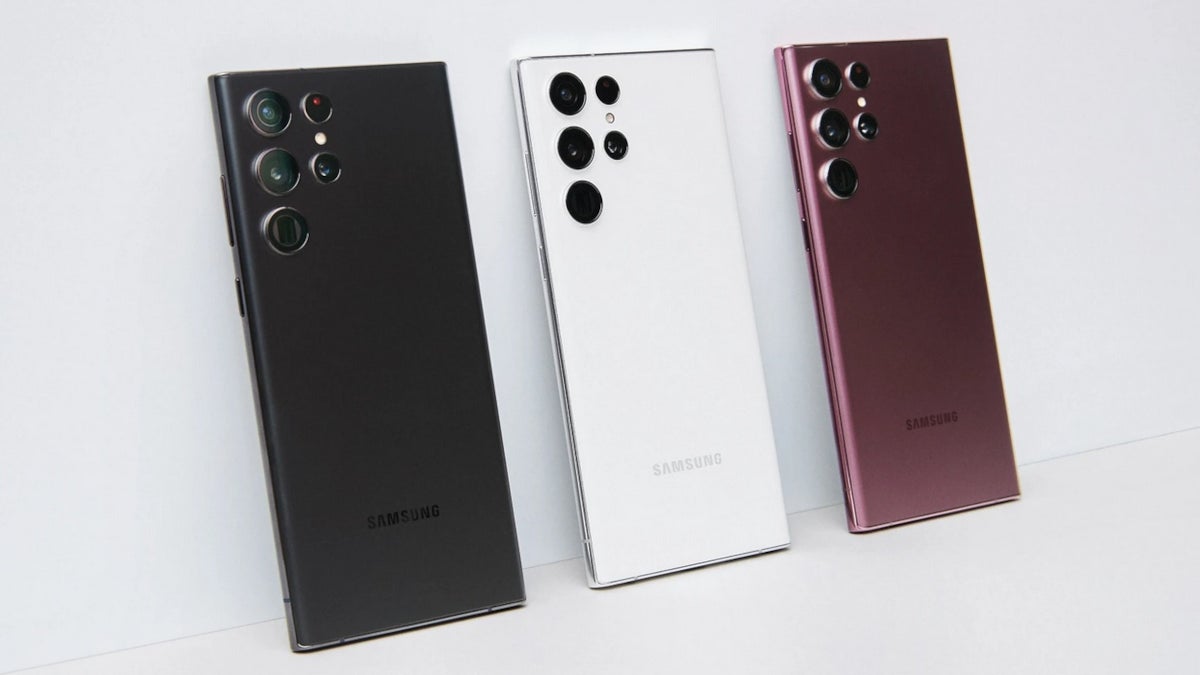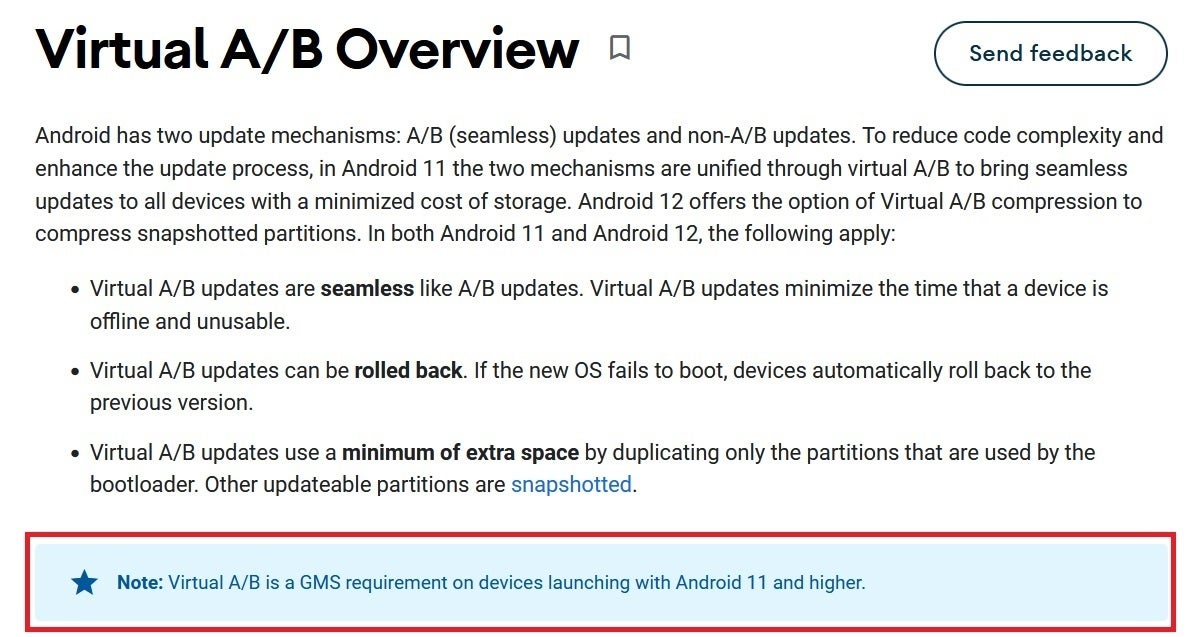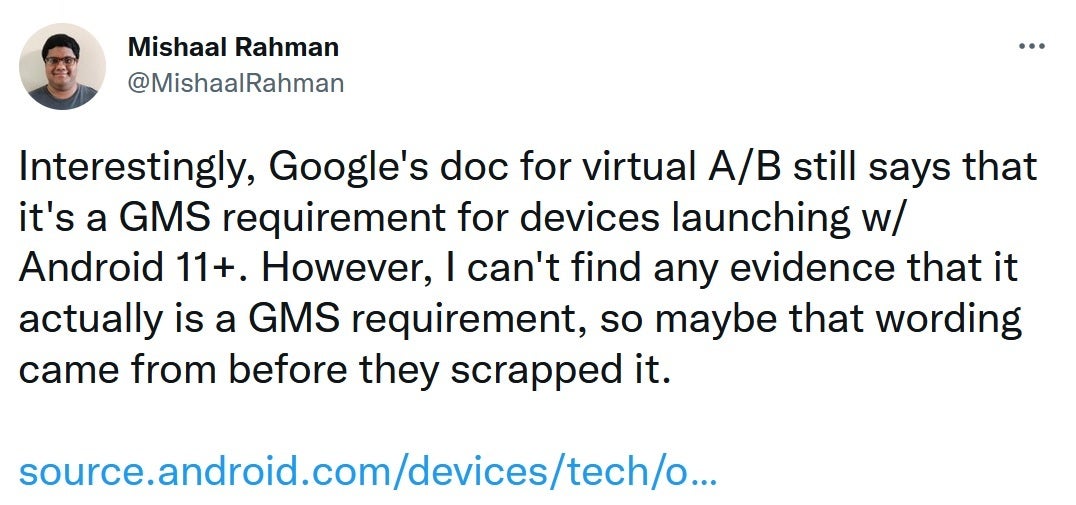Samsung's streak continues: no "Seamless Update" for the Galaxy S22 series

While Samsung did a great job allowing users to update to Android 12 faster than usual, the company has still not added Android's "Seamless Update" feature. With the feature, firmware updates are installed on a secondary petition even with the phone in use.
After the phone is rebooted, the secondary partition becomes the main one reducing the updating phone's downtime to the time needed to reboot it; once the phone is rebooted, the changes from the update are made.
Samsung once again fails to include Android's "Seamless Update" feature on its flagship phones
The advantage of using this system is that it allows an update to take place without the user losing the use of his handset for the time it takes the update to be installed. And if something goes wrong while loading the update, the user can easily roll back to the previous version of the software. Because Google decided not to force manufacturers to use the "Seamless Update" feature, Samsung was able to skip it on several years worth of models.

Google confusingly writes that the a/b partition is required to use GMS in Android 11 and later
In fact, Google first introduced "Seamless Update" in 2016 and it has appeared on every single Pixel handset since. The first Pixel phones also were released by Google in 2016.
Interestingly, while Google continues to make the use of the A/B partitions optional, Esper's Mishaal Rahman noted in a tweet that Google's documentation for "Virtual A/B Overview" says that using the "Seamless Update" feature is mandatory for devices running Google Mobile Services (GMS) with Android 11 and higher. Rahman says, "However, I can't find any evidence that it actually is a GMS requirement, so maybe that wording came from before they scrapped it."
The Virtual A/B Overview" documentation does say, "Note: Virtual A/B is a GMS requirement on devices launching with Android 11 and higher. On the other hand, such a requirement is not found in the Android CDD (Compatibility Definition Document) according to GSMArena. The CDD acts as a guideline for manufacturers of Android handsets and lists the exact requirements demanded by Google if a manufacturer wants its devices to work with the latest Android build.
Google confuses Android phone manufacturers about whether the a/b partition is required to use GSM
The CDD simply says that Android phone manufacturers "SHOULD support a/b system updates," which is not as demanding as saying that Android phone manufacturers MUST support a/b system updates. By not using the "Seamless Update" feature on its flagship Galaxy phones, Samsung is forcing its customers to go without the use of their handsets while they are being updated.

Google's actions are confusing
While being without a phone for a few minutes might not seem like a big deal to most well-adjusted people, it does prevent the updating device from making an emergency call. Well-adjusted or not, if your car has broken down in an area where even COVID is afraid to go and the sound of gunshots is getting closer, you would be cursing the lack of a/b partition support on your Galaxy S22 Ultra.
Samsung has never explained why it has decided not to use the "Seamless Update" feature dating back to its arrival with Android 7.1 (which came following the release of the Samsung Galaxy S7). And considering that Samsung has gone so long without using the a/b partition, we don't expect this to change anytime soon. After all, not using it didn't stop Samsung from loading the Android 12 update on its eligible handsets at a speedy clip.
Still, we're sure that Pixel users (and those with other brands of Android phones that use the "Seamless Update") are happy to know that while in the process of downloading and installing an Android update, their device isn't shut down until the update has been completed.
Follow us on Google News













Things that are NOT allowed:
To help keep our community safe and free from spam, we apply temporary limits to newly created accounts: